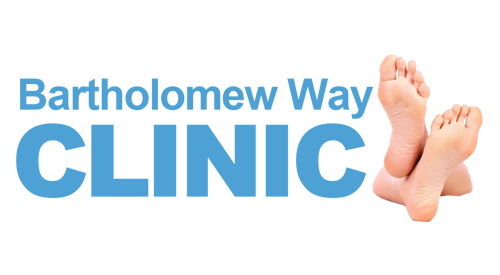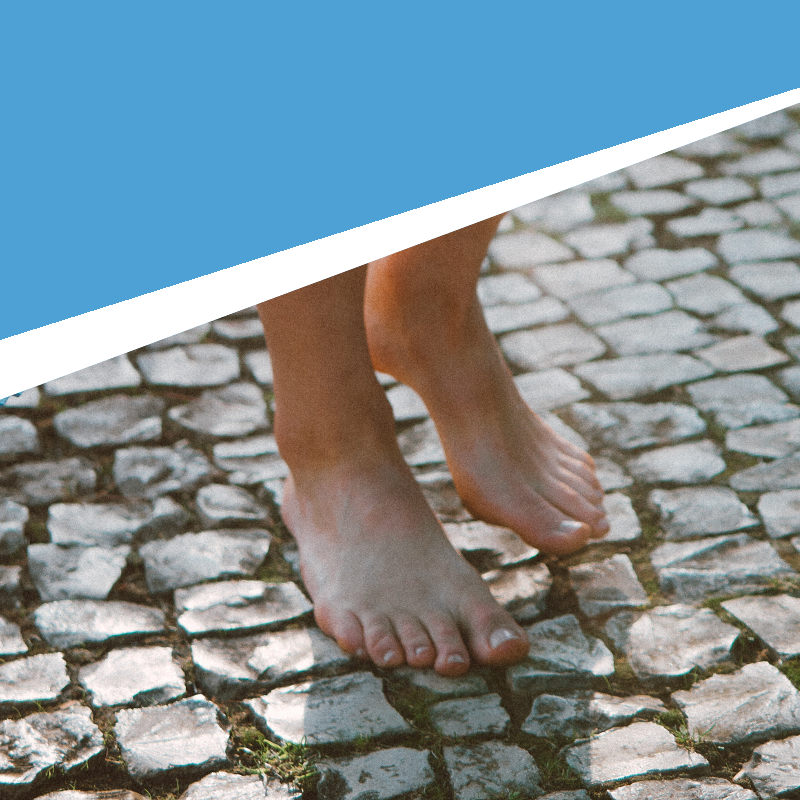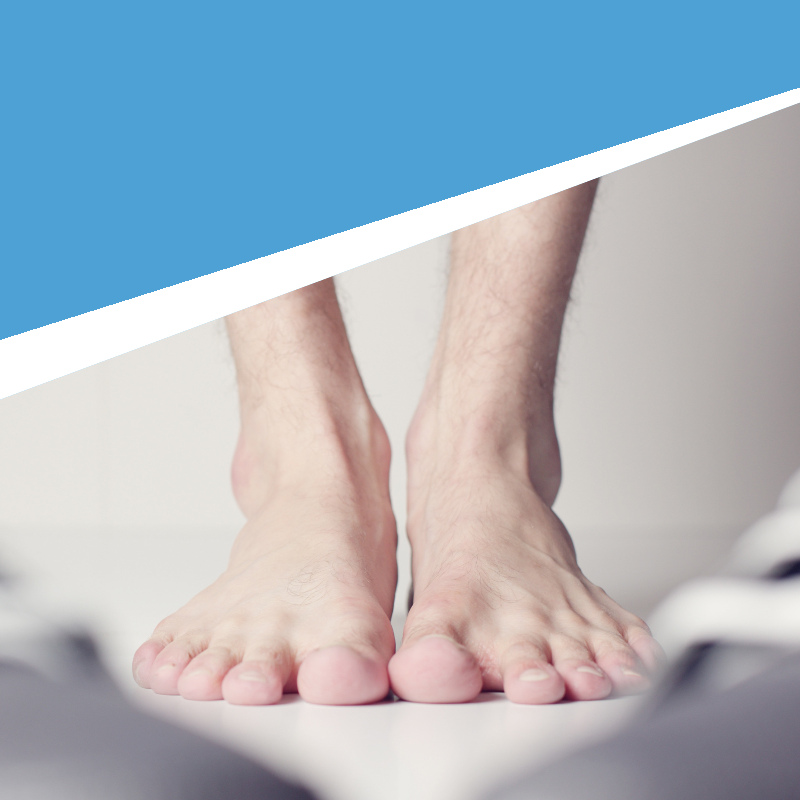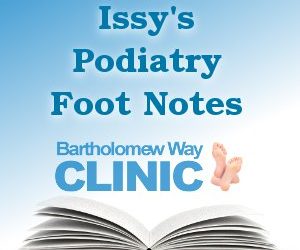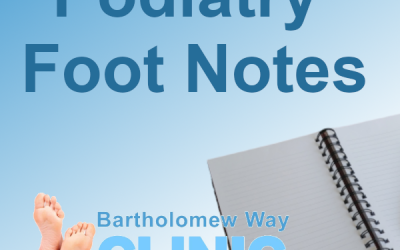These terms are attempting to describe the altered position sometimes adopted by our toes. In many cases these may be seen but cause no problems
Each toe is made up of three small bones called the phalanges (except for the big toe which has only two).
The toes join the main body of the foot at the metatarsophalangeal joint (or MTP joint). The ball of the foot is formed by these MTP joints.
Each joint is surrounded by a joint capsule made of ligaments that hold the bones together.
Tendons run along the bottom and top of each toe and working in combination allowing us to curl and straighten our toes.
Problems can be the result of shoes (too short , too pointed or with heels that are too high) .The second toe ( and sometimes the third toe) can be longer than the big toe, giving rise to pressure from some shoes , resulting in the toes having to bend to fit into the shoe.
The foot shape, a high arched or flat foot, can result in an abnormal tendon pull on the toes causing them to adopt an abnormal position. Anything that can influence foot position has to be considered.
As time passes the toe joints that are not able to move normally, may stiffen or eventually become fixed so they will not straighten out. As a result pressure may cause calluses or corns to form over the top surface of the toe, at the tip of the toe or under the ball of the foot.
Treatments include:-
Examination of medical history so as to highlight the possible underlying causes and influences (bone fractures, significant injuries, operations, neurological conditions). These will be important in deciding on any strategies for future treatments.
Advice and guidance on shoe design, appropriateness for a particular activity and looking at the fit (this may help reduce the deformity and help return the toes to a more normal condition).
Shoe stretching can help in a lot of cases, with existing and new shoes, to reduce pressure over a prominent joint.
The appropriate stretching of the joint may help if it has just simply become stiffened.
Padding can be used to reduce and control symptoms, and in the long term, can help to manage problem toes.
Orthotics and insoles may be required to redistribute pressure and influence foot function if indicated in certain instances.
If all else fails, referral on for surgery can be discussed.
